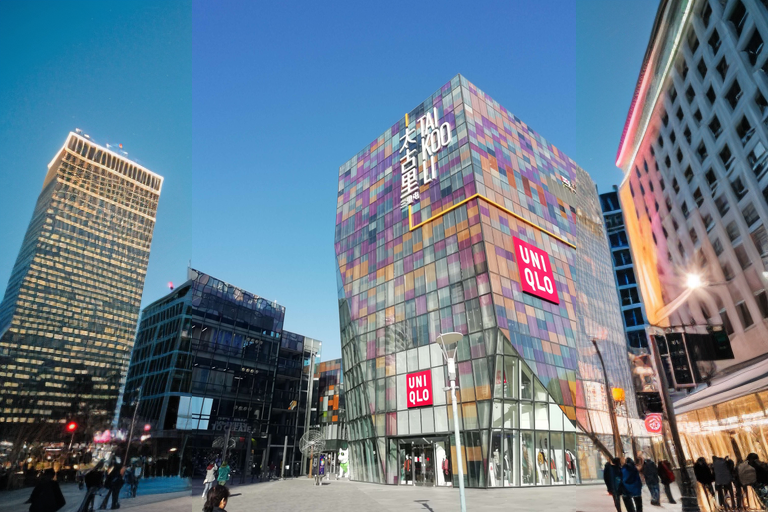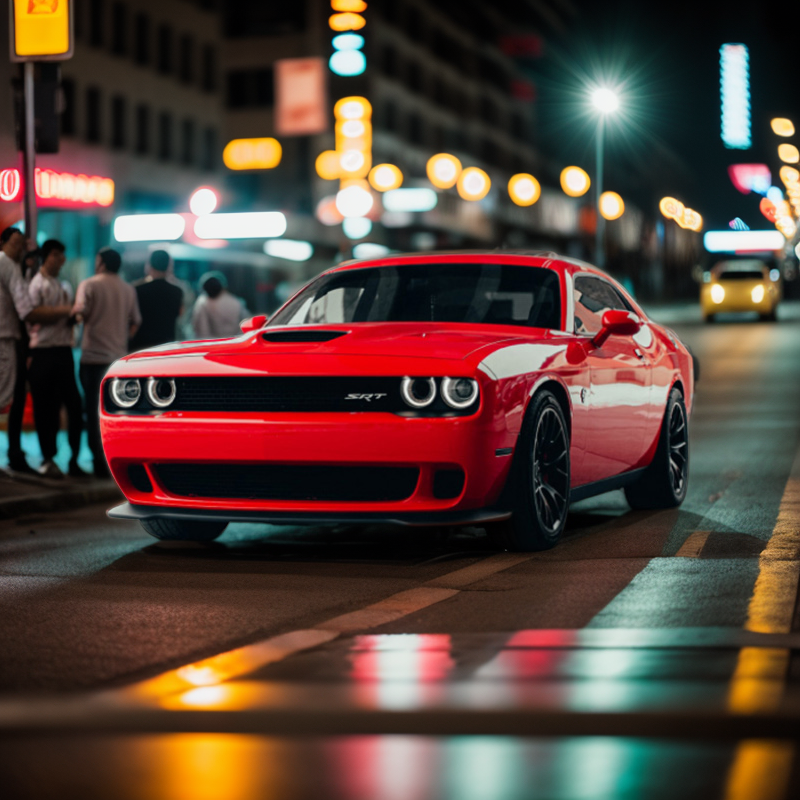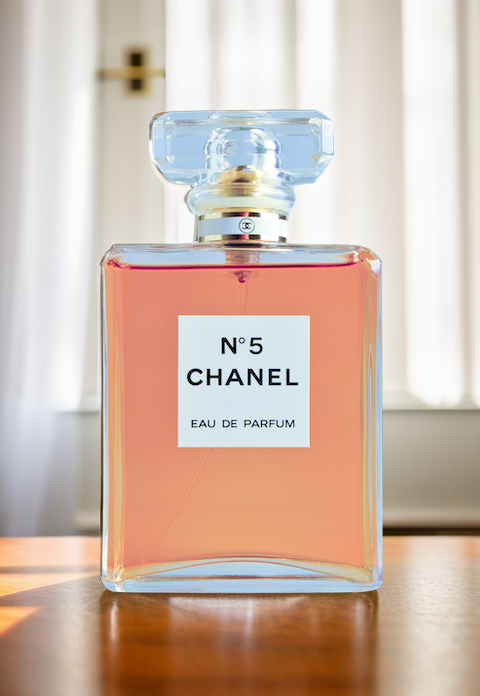realisticoutpainter
Maintainer: wolverinn

15

| Property | Value |
|---|---|
| Model Link | View on Replicate |
| API Spec | View on Replicate |
| Github Link | View on Github |
| Paper Link | No paper link provided |
Create account to get full access
Model overview
realisticoutpainter is an AI model that allows users to outpaint images using Stable Diffusion and ControlNet. It was created by wolverinn, who has developed several other Stable Diffusion-based models like [object Object], [object Object], and [object Object]. The realisticoutpainter model allows users to generate high-quality outpainted images by leveraging the capabilities of Stable Diffusion and ControlNet.
Model inputs and outputs
The realisticoutpainter model takes an input image and a prompt, and generates an outpainted version of the image. Users can also control various parameters like the number of steps, cfg scale, sampler, and denoising strength.
Inputs
- Image: The input image to be outpainted
- Prompt: The text prompt that describes the desired output image
- Steps: The number of steps to use for the outpainting process
- Cfg Scale: The guidance scale to control the influence of the prompt
- Sampler Name: The sampling algorithm to use for the outpainting
- Negative Prompt: The text prompt that describes what the model should avoid generating
- Denoising Strength: The strength of the denoising process
- Outpaint Direction: The direction to outpaint the image (width, height, or both)
- Overlay Original Img: Whether to overlay the original image on top of the generated image
Outputs
- Image: The outpainted version of the input image
- Payload: Additional information about the outpainting process
Capabilities
The realisticoutpainter model leverages the power of Stable Diffusion and ControlNet to generate high-quality outpainted images. It can handle a wide range of prompts and input images, and users can fine-tune various parameters to achieve the desired output. The model also supports multi-user queuing and the ability to change models separately without affecting other users.
What can I use it for?
The realisticoutpainter model can be used for a variety of creative and practical applications. For example, you could use it to extend the boundaries of existing images, create new artwork, or generate concept art for games or movies. The model's support for ControlNet and Lora models also allows for more advanced use cases, such as incorporating specific styles or effects into the outpainted images.
Things to try
One interesting aspect of the realisticoutpainter model is its ability to handle different outpaint directions. You could experiment with outpainting in the width, height, or both directions to see how the output changes. Additionally, you could try using different sampler algorithms or playing with the denoising strength to achieve different visual styles. The model's support for Lora and Civitai models also opens up possibilities for incorporating custom styles and effects into the outpainted images.
This summary was produced with help from an AI and may contain inaccuracies - check out the links to read the original source documents!
Related Models

realistic-background

68
The realistic-background model, created by wolverinn, is a Stable Diffusion and ControlNet-based system that can replace the background of an image. This model is similar to other background replacement models like realisticoutpainter, stable-diffusion-inpainting, and sdxl-controlnet, which also leverage Stable Diffusion and ControlNet capabilities. Model inputs and outputs The realistic-background model takes an image as input and generates a new image with the background replaced. The key inputs include the source image, prompt, negative prompt, steps, CFG scale, sampler name, denoising strength, and other parameters that control the generation process. The model outputs the generated image with the new background. Inputs Image**: The source image to have the background replaced Prompt**: The text prompt describing the desired new background Negative prompt**: The text prompt describing undesired aspects in the generated image Steps**: The number of diffusion steps to take during generation CFG scale**: The guidance scale, controlling the strength of the prompt Sampler name**: The specific sampler algorithm to use during generation Denoising strength**: The strength of denoising applied to the output image Other parameters**: Maximum width/height, only masked padding pixels, etc. Outputs Image**: The generated image with the background replaced Payload**: Additional data returned with the image Capabilities The realistic-background model can effectively replace the background of an image with a new background generated based on the provided prompt. This can be useful for tasks like product photography, real estate, and creating visually compelling digital art. The model leverages the capabilities of Stable Diffusion and ControlNet to seamlessly blend the new background with the original subject. What can I use it for? The realistic-background model can be used for a variety of applications, such as: Product photography**: Replace the background of product images to create a more visually appealing and consistent look across a product catalog. Real estate**: Replace the background of property images to showcase the home in an idealized setting. Digital art**: Use the model to generate new backgrounds for existing artwork or photographs, allowing for the creation of unique and imaginative compositions. Social media and marketing**: Enhance visual content by replacing the background of images to better align with a brand's aesthetic or messaging. Things to try One interesting aspect of the realistic-background model is its ability to blend the new background with the original subject in a natural and seamless way. You can experiment with different prompts to see how the model handles various types of backgrounds, from natural landscapes to urban settings. Additionally, you can try adjusting the model's parameters, such as the CFG scale and denoising strength, to find the optimal settings for your specific use case.
Updated Invalid Date

simple-background

2
The simple-background model is a Stable Diffusion-based AI model that allows you to replace the background of an image. It was created by the Replicate developer wolverinn. This model is similar to other Replicate models like realistic-background, realisticoutpainter, and stable-diffusion-inpainting that also leverage Stable Diffusion for image manipulation tasks. Model inputs and outputs The simple-background model takes in an image, a prompt, and a negative prompt as inputs. The output is a new image with the background replaced based on the provided prompt. Inputs Image**: The image to replace the background of Prompt**: The text description to guide the background replacement Negative Prompt**: Text to specify unwanted elements in the output image Outputs Output Image**: The image with the background replaced according to the provided prompt Capabilities The simple-background model can effectively replace the background of an image with a new one based on the provided prompt. It leverages the power of Stable Diffusion to generate a realistic new background that matches the desired description. What can I use it for? The simple-background model can be used for a variety of creative and practical applications. For example, you could use it to replace the background of product photos, create unique portrait images, or generate fantasy landscapes. The model's ability to precisely replace backgrounds based on a text prompt makes it a versatile tool for image editing and creation. Things to try One interesting thing to try with the simple-background model is experimenting with different prompts to see the variety of background styles it can generate. You could also try combining it with other Replicate models like realisticoutpainter or webui-api to further enhance your image editing capabilities.
Updated Invalid Date

stable-diffusion-wip

13
stable-diffusion-wip is an experimental inpainting model based on the popular Stable Diffusion AI. This model allows you to take an existing image and fill in masked regions with new content generated by the model. It is developed by andreasjansson, who has also created other Stable Diffusion-based models like stable-diffusion-animation. Unlike the production-ready stable-diffusion-inpainting model, this is a work-in-progress version with experimental features. Model inputs and outputs stable-diffusion-wip takes in a variety of inputs to control the inpainting process, including an initial image, a mask image, a text prompt, and various parameters to adjust the output. The model then generates one or more new images based on the provided inputs. Inputs Prompt**: The text prompt that describes the content you want the model to generate. Init Image**: The initial image that you want the model to generate variations of. Mask**: A black and white image used to define the regions of the init image that should be inpainted. Seed**: A random seed value to control the stochastic output of the model. Width/Height**: The desired dimensions of the output image. Num Outputs**: The number of images to generate. Guidance Scale**: A parameter that controls the strength of the text prompt in the generation process. Prompt Strength**: A parameter that controls how much the init image should be preserved in the output. Num Inference Steps**: The number of denoising steps to use during the generation process. Outputs Output Images**: One or more images generated by the model based on the provided inputs. Capabilities stable-diffusion-wip is capable of generating photorealistic images based on a text prompt, while using an existing image as a starting point. The model can fill in masked regions of the image with new content that matches the overall style and composition. This can be useful for tasks like object removal, image editing, and creative visual generation. What can I use it for? With stable-diffusion-wip, you can experiment with inpainting and image editing tasks. For example, you could use it to remove unwanted objects from a photograph, fill in missing parts of an image, or generate new variations of an existing artwork. The model's capabilities can be particularly useful for creative professionals, such as digital artists, designers, and photographers, who are looking to enhance and manipulate their visual content. Things to try One interesting thing to try with stable-diffusion-wip is to experiment with the prompt strength parameter. By adjusting this value, you can control the balance between preserving the original image and generating new content. Lower prompt strength values will result in output that is closer to the init image, while higher values will lead to more dramatic changes. This can be a useful technique for gradually transitioning an image towards a desired style or composition.
Updated Invalid Date

stable-diffusion-v2-inpainting

52
stable-diffusion-v2-inpainting is a text-to-image AI model that can generate variations of an image while preserving specific regions. This model builds on the capabilities of the Stable Diffusion model, which can generate photo-realistic images from text prompts. The stable-diffusion-v2-inpainting model adds the ability to inpaint, or fill in, specific areas of an image while preserving the rest of the image. This can be useful for tasks like removing unwanted objects, filling in missing details, or even creating entirely new content within an existing image. Model inputs and outputs The stable-diffusion-v2-inpainting model takes several inputs to generate new images: Inputs Prompt**: The text prompt that describes the desired image. Image**: The initial image to generate variations of. Mask**: A black and white image used to define the areas of the initial image that should be inpainted. Seed**: A random number that controls the randomness of the generated images. Guidance Scale**: A value that controls the influence of the text prompt on the generated images. Prompt Strength**: A value that controls how much the initial image is modified by the text prompt. Number of Inference Steps**: The number of denoising steps used to generate the final image. Outputs Output images**: One or more images generated based on the provided inputs. Capabilities The stable-diffusion-v2-inpainting model can be used to modify existing images in a variety of ways. For example, you could use it to remove unwanted objects from a photo, fill in missing details, or even create entirely new content within an existing image. The model's ability to preserve the structure and perspective of the original image while generating new content is particularly impressive. What can I use it for? The stable-diffusion-v2-inpainting model could be useful for a wide range of creative and practical applications. For example, you could use it to enhance photos by removing blemishes or unwanted elements, generate concept art for games or movies, or even create custom product images for e-commerce. The model's versatility and ease of use make it a powerful tool for anyone working with visual content. Things to try One interesting thing to try with the stable-diffusion-v2-inpainting model is to use it to create alternative versions of existing artworks or photographs. By providing the model with an initial image and a prompt that describes a desired modification, you can generate unique variations that preserve the original composition while introducing new elements. This could be a fun way to explore creative ideas or generate content for personal projects.
Updated Invalid Date